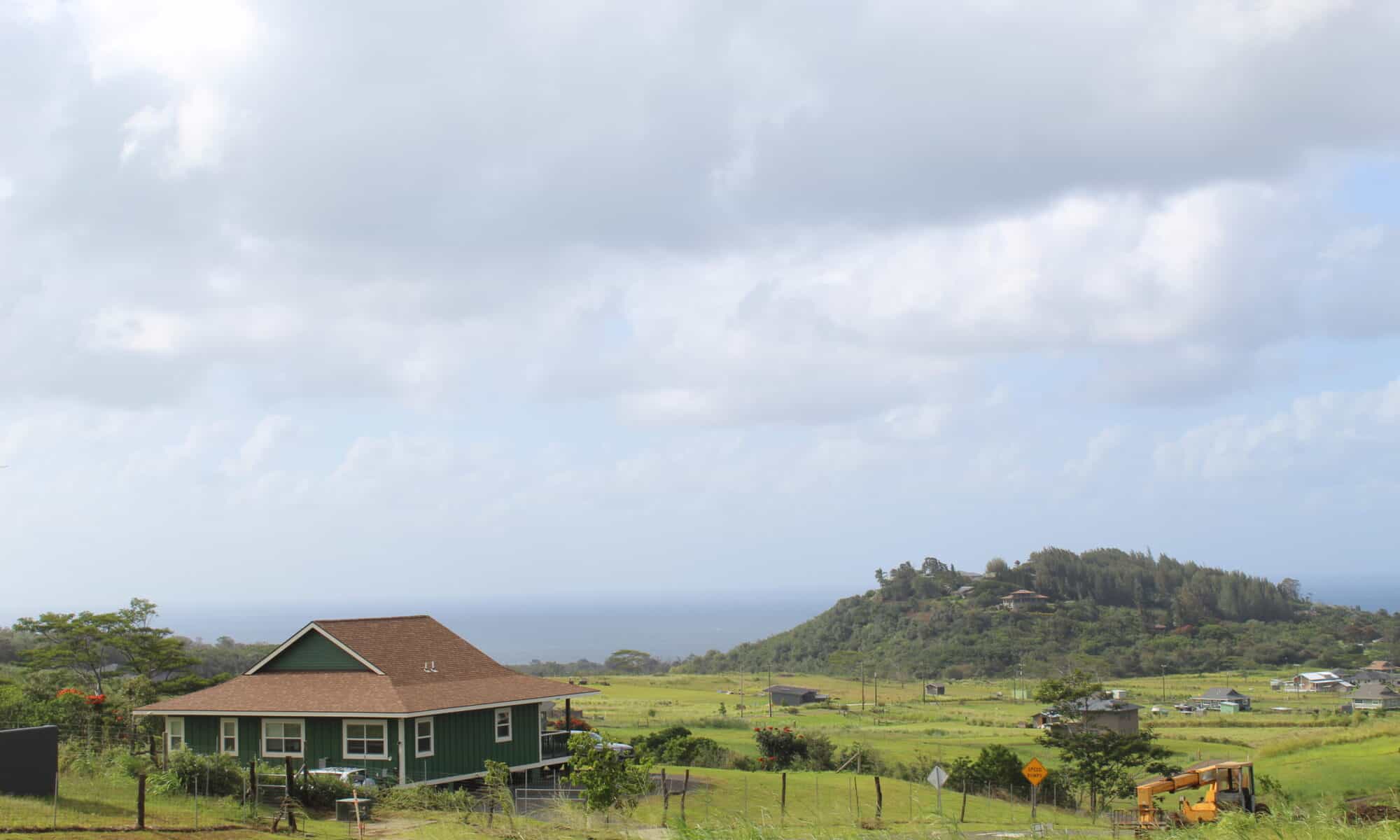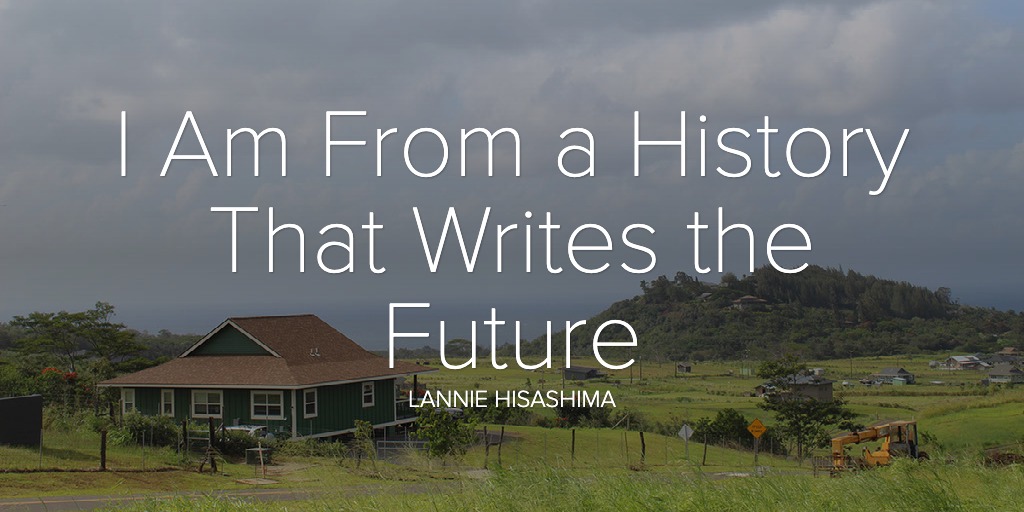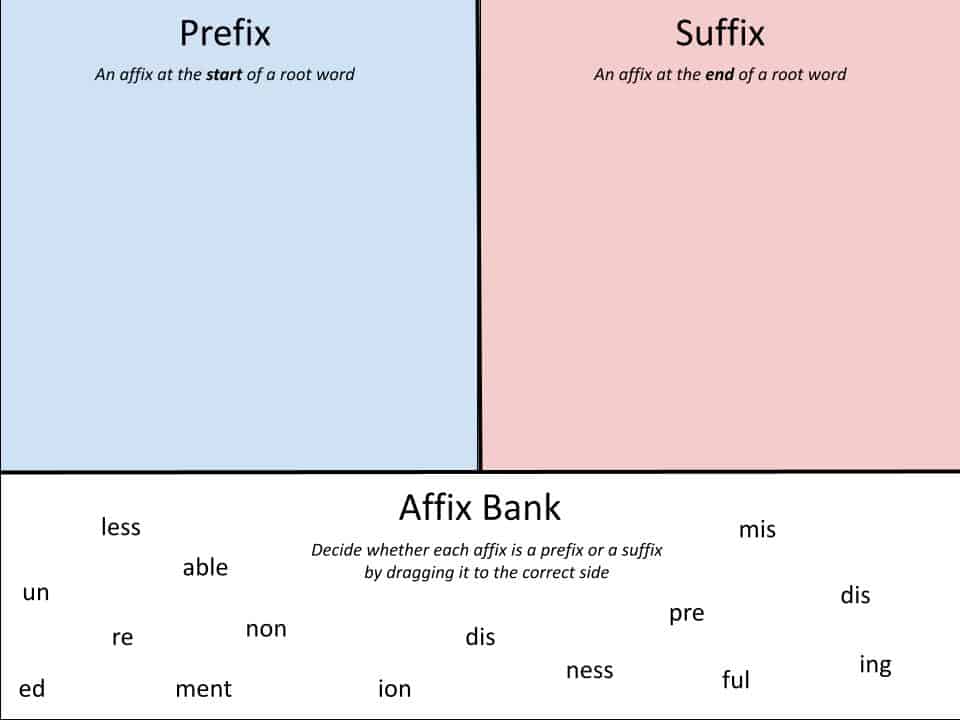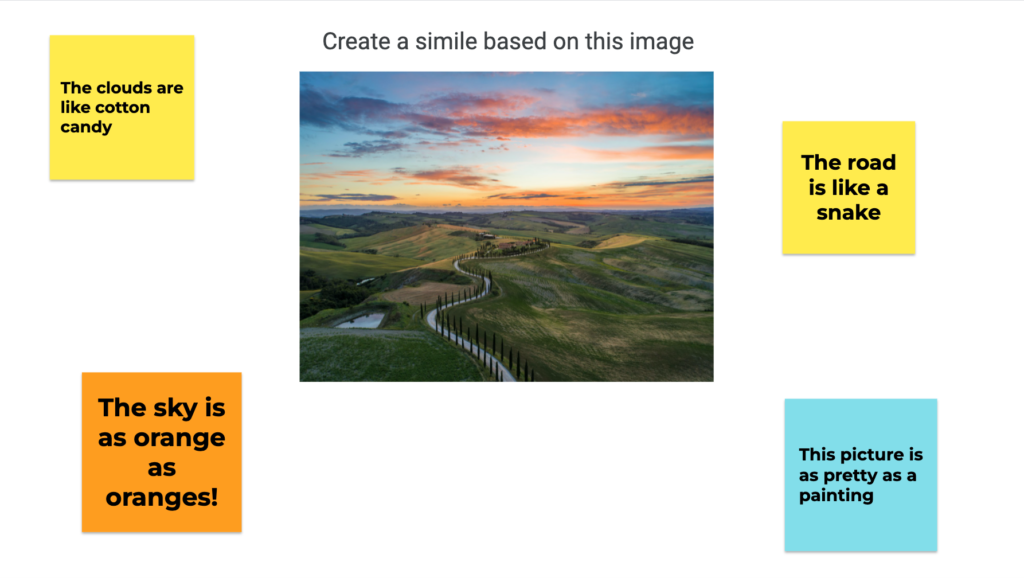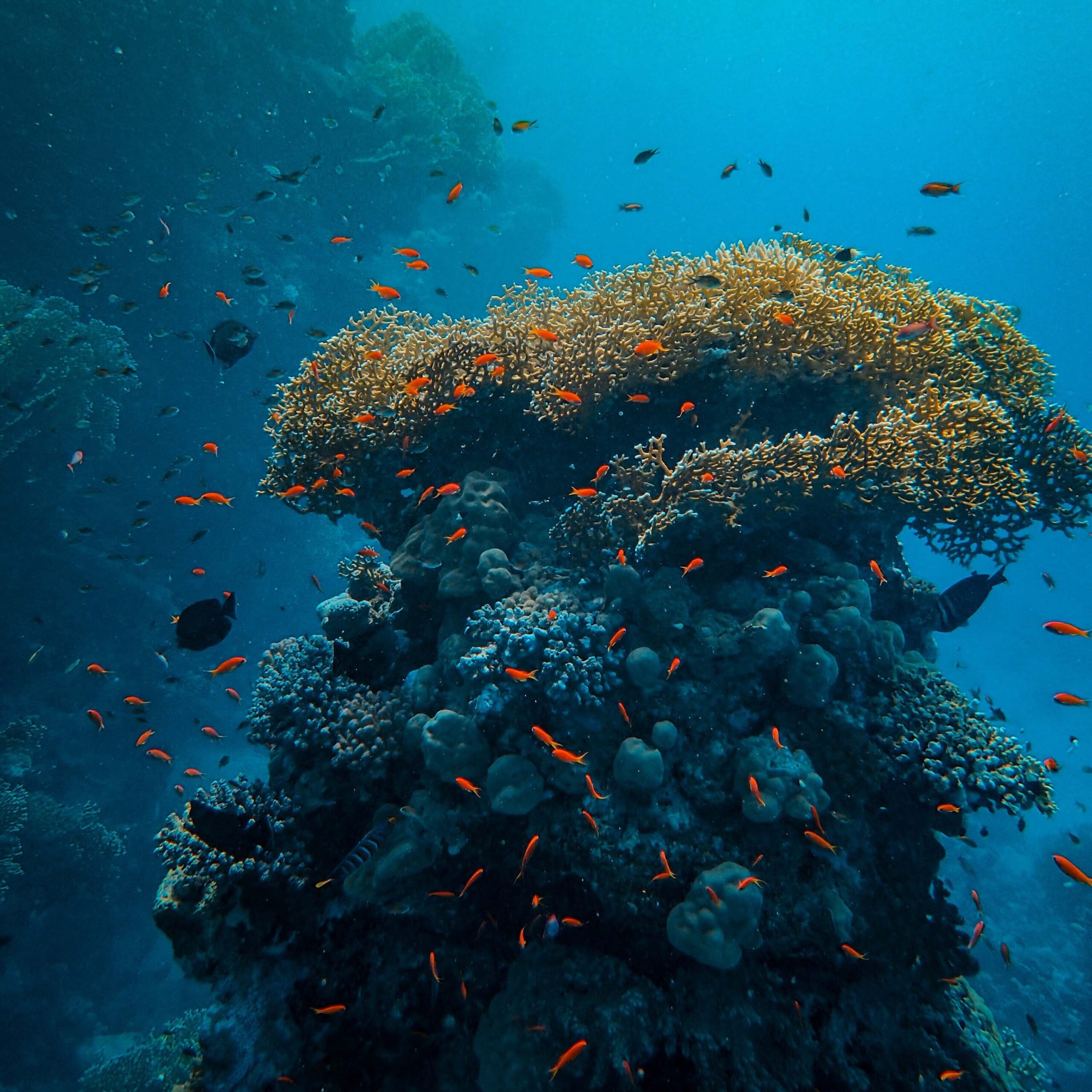Technology is something that pervades nearly every part of our lives, including the realm of education. This statement has never been more true after the pandemic hit, forcing schools to take a near completely online format for over a year. It was a tough experience for teachers, but it was fascinating to discover all the digital tools that made the transition easier. A lot of these tools are still being used in in-person classrooms because they have the ability to enhance the learning experience whether it be in an online or in-person format. I am grateful that I had the opportunity in this course to learn about these tools and practice applying them to lessons and activities. Here are a few of my favorite posts from WordPress I made using these tools.
Figurative Language Lesson using Jamboard
In this lesson, I had students use Jamboard as a platform to post their own examples of figurative language based on the images on each slide. I enjoyed the way every student can give their input (it helps that it is done anonymously so no one feels ashamed if they’re not confident with their answers, although this does make it hard to attach accountability to individual students) and can see the examples of their peers. Plus, it was really easy to set up!
Solar System Scavenger Hunt Using Google Sites
In this lesson, Kate Marshall and I created a website that students would explore and use to fill out a scavenger hunt worksheet. I really enjoyed this activity because it allows students to work at their pace and offers them a great resource they can look back on whenever they need to. I also enjoyed how the activity encourages students to focus on specific details about all the different planets in a fun way without shoving a bunch of random facts into their brains.
Ahupua’a System Lesson using WordPress
This post definitely took me the longest out of all of the posts I’ve made. But the hard work paid off because I’m really proud of it looking back! I like how the lesson can be done by students whenever and wherever because the instructions are all there in the post and directed toward students. Similar to what I said earlier, this online lesson allows kids to go at their own pace and isn’t too demanding or complicated for them to do independently.
Conclusion
After learning and applying so many skills and digital tools throughout this course, I feel much more confident heading into the classroom in a couple of years. However, there’s always more to learn about, and I think another important thing that this course has offered is openness to trying new things. Some tools aren’t that easy to learn and we as educators need to be receptive and willing to put in the work to learn how to use them in the classroom.
Thank you so much for checking out my portfolio! I hope you enjoy my posts.
Featured Image: Photo by Compare Fibre on Unsplash

















